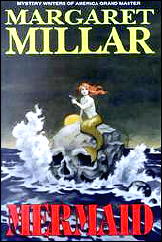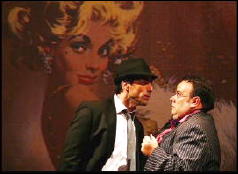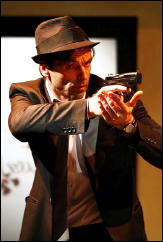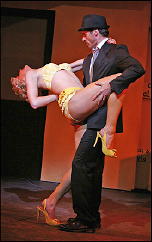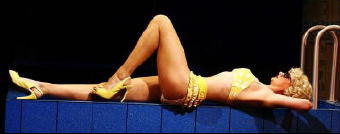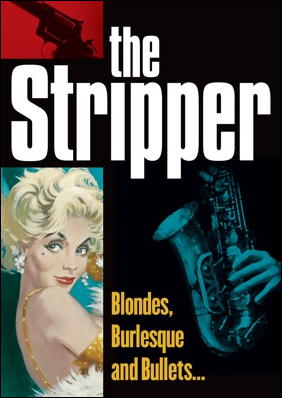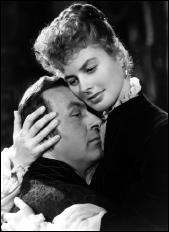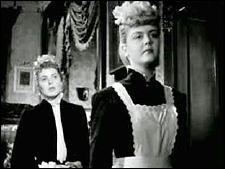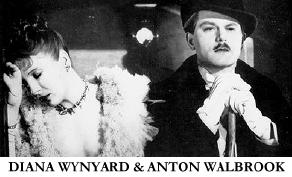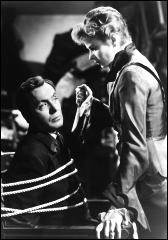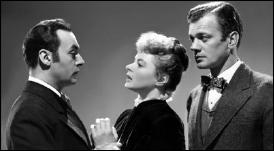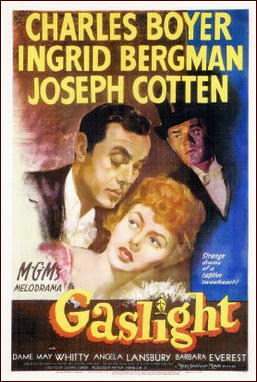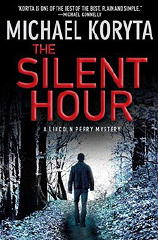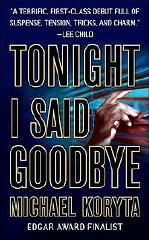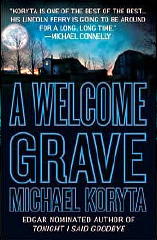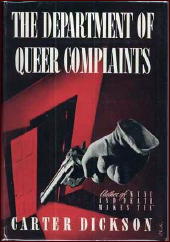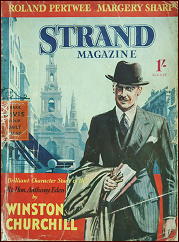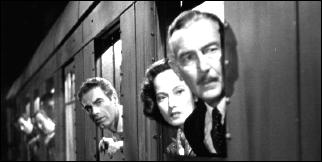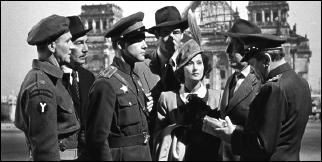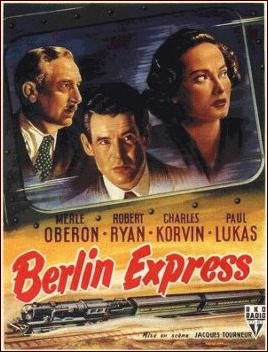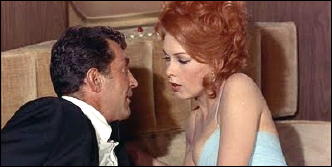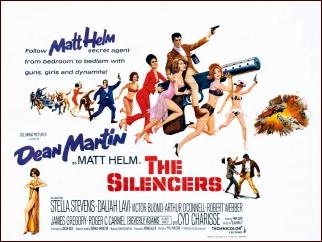Tue 11 May 2010
Reviews by L. J. Roberts
PETER LOVESEY – Bloodhounds. The Mysterious Press, US, hardcover, December 1996; reprint paperback, September 1997. Trade paperback: Soho Crime, December 2004. UK edition: Little Brown, hc, May 1996.
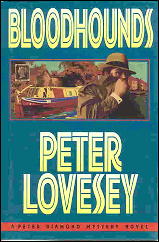
Genre: Police procedural. Series character: Peter Diamond, 4th in series. Setting: Bath UK.
First Sentence: Detective Superintendent Peter Diamond was suffering in the rear seat of a police car scorching toward Bath along the Keynsham bypass with the headlamps on full beam, blue light pulsing and siren wailing.
Peter Diamond is back with the Bath police as a DS in charge of homicide. The media and police receive a poem which seems to indicate that a valuable painting, in the town’s museum, by Turner will be stolen.
Instead, it is the theft of a Penny Black, one of the world’s most valuable stamps. The stamp turns up in the possession of a member of the town’s mystery club, “The Bloodhounds,” and the body of another of the group’s ends up on the suspect’s boat.
Lovesey’s wry humor and use of metaphors is always delightful. In this book, he does a wonderful send-up of book groups and on-line groups, and I thoroughly enjoyed the all the references to mystery authors and their books.
Lovesey provides a very full construction of each character in very few words. He accurately depicts the pettiness, jealousy and fight for power which seem to be part of any group of people. He clearly exemplifies the tendency of those who are insecure to public degrade others in order to feel better about themselves.
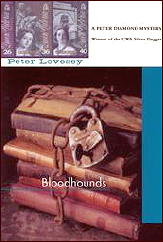
Diamond is a delightful character; he can seem brusque, yet is aware of his flaws and can be kind. I am particularly taken with his very understanding wife, Stephanie, and his young policewoman, Julie Hargraves.
The story provides some interesting, amusing, and lesser known, history about Bath. The inclusion of those small details adds richness to the setting and a variance from the common inclusion of the Roman Baths.
It is not all lightness, however, as there is murder and deception. As a John Dickson Carr fan, I found the set up of doing a locked-room — in this case “boat” — mystery and learning the solution to be fascinating.
The plot was filled with red herrings and twists; so much so, I found the lead-up to the resolution a bit confusing, causing this to not be my favorite book in the series. I do, however, like the characters enough that I shall continue with the series.
Rating: Good Plus.
Editorial Comment: There are now ten novels in the Peter Diamond series, plus a number of short stories he’s also been in. Visit the Peter Lovesey’s website for a complete list of all his fiction, beginning with Wobble to Death in 1970. At the age of 74, he’s still going strong.

